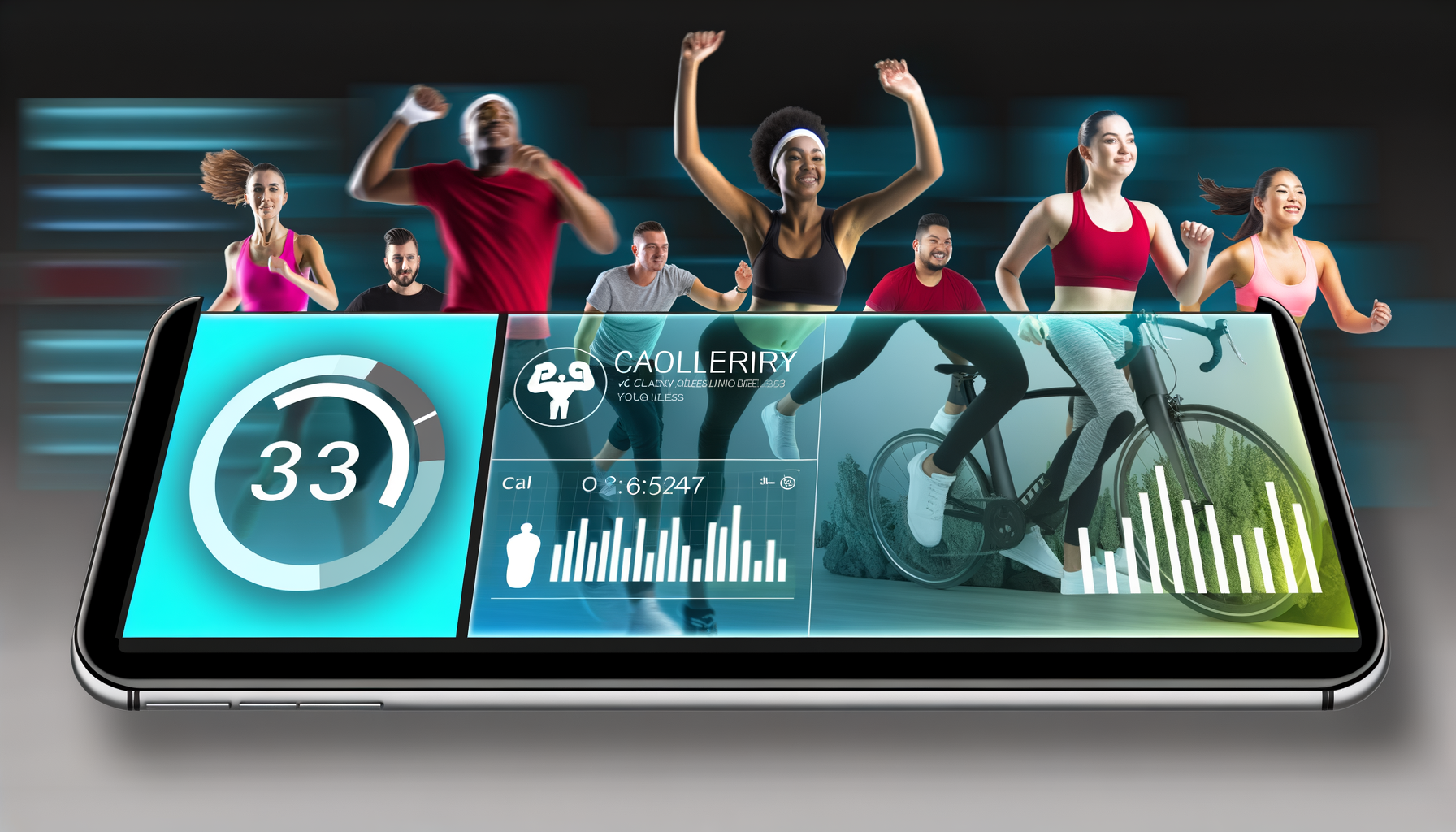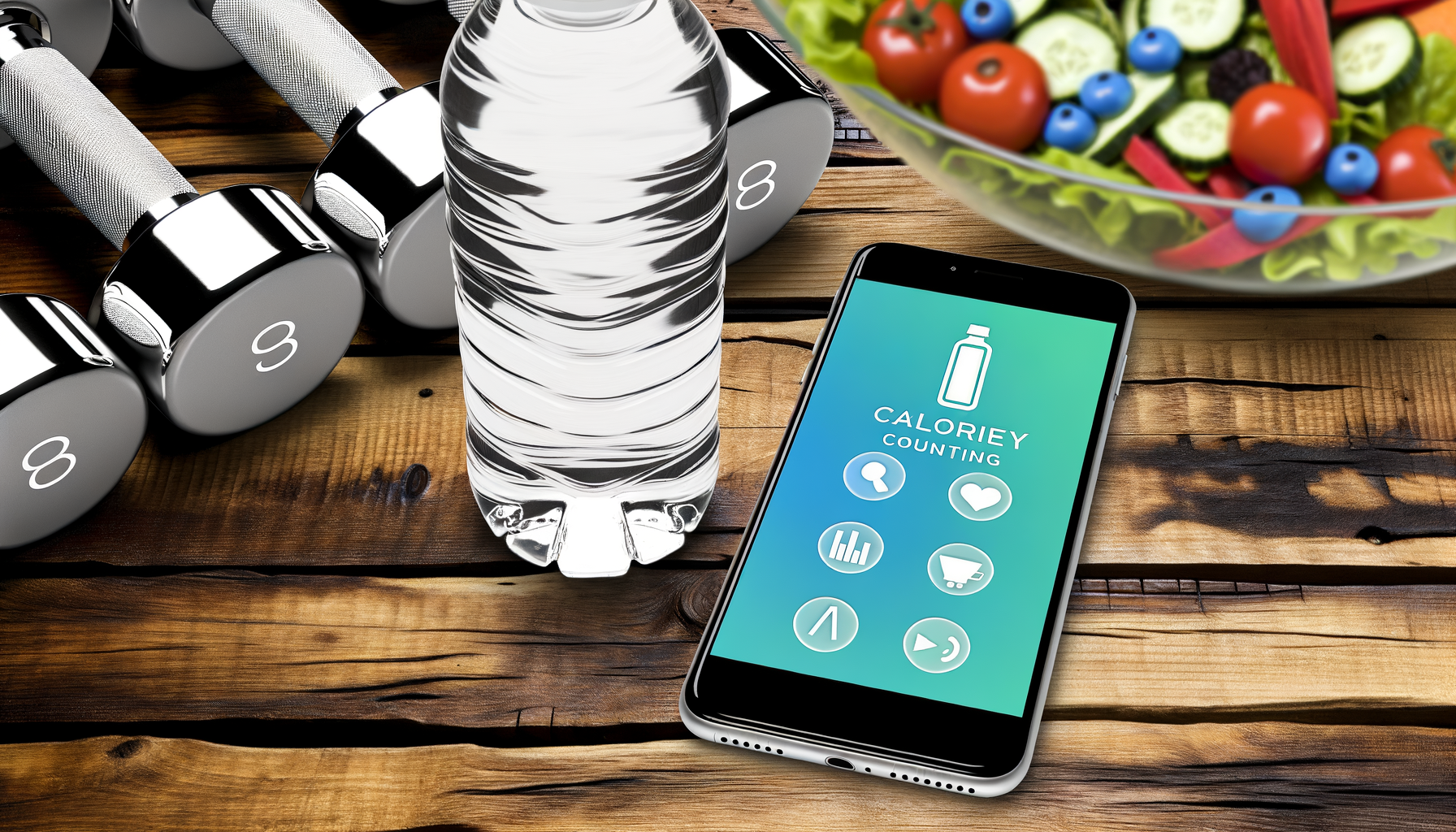Using Calorie Data to Optimize Pre and Post-Workout Nutrition
Unlocking the Power of Calorie Data for Enhanced Workout Nutrition
When it comes to optimizing your workout routine, nutrition plays a crucial role. Understanding how to use calorie data effectively can significantly enhance both your pre-workout and post-workout nutrition strategies. In this detailed guide, we will explore the importance of calorie data, how to apply it, and provide actionable tips to help you make the most out of your nutrition plan.
Understanding the Importance of Calorie Data
Calorie data is essential for fueling your body appropriately before and after a workout. Here’s why:
Glucose, derived from carbohydrates, is the primary energy source for your body during exercise. Carbohydrates are broken down into glucose, which powers your muscles, brain, and nervous system. Therefore, knowing the calorie and macronutrient content of your meals and snacks is vital for optimal performance.
Pre-Workout Nutrition: Timing and Composition
The timing and composition of your pre-workout meal are critical for performance. Here are some key considerations:
Timing: It is generally recommended to eat a meal containing carbohydrates, proteins, and fats 2-4 hours before your workout. This allows for proper digestion and reduces the risk of gastrointestinal discomfort during exercise. For shorter lead times, a smaller meal or snack about an hour before the workout can be sufficient.
Composition: Carbohydrates should be the primary macronutrient in your pre-workout meal. Aim for 1-2 grams of carbohydrates per kilogram of body weight 1-2 hours before exercise. Include some protein to help with muscle function and recovery, but avoid high amounts of fat and fiber to minimize digestive issues.
Example pre-workout meals include:
- Peanut butter and banana or PBJ sandwich
- Greek yogurt with berries
- Oatmeal with low-fat milk and fruit
- Apple and peanut or almond butter
- Handful of nuts and raisins
Using Calorie Data to Plan Your Pre-Workout Meal
To optimize your pre-workout meal using calorie data, follow these steps:
- Calculate Your Caloric Needs: Determine how many calories you need based on your body weight and the intensity and duration of your workout. For example, a 150-pound athlete might need approximately 68 grams of carbohydrates (about 4-5 servings) 1 hour before exercise.
- Choose the Right Foods: Select foods that are high in carbohydrates and moderate in protein. Use a calorie calculator or consult a nutrition expert to ensure you are meeting your specific needs.
- Experiment and Adjust: Everyone's body is different. Experiment with different foods and timings to find what works best for you. Consider using tools like the WP Calorie Calculator to help you plan your meals accurately.
Post-Workout Nutrition: Replenishing Energy Stores
After a workout, your body needs to replenish the energy stores it used during exercise. Here’s how to use calorie data to optimize your post-workout nutrition:
Timing: Aim to consume a meal or snack within 60 minutes after your workout. This window is crucial for replenishing glycogen stores and aiding in muscle recovery.
Composition: Your post-workout meal should include a combination of carbohydrates and proteins. Carbohydrates help replenish glycogen stores, while proteins aid in muscle repair and recovery.
Example post-workout meals include:
- Post-workout recovery smoothie made with low-fat milk and fruit
- Low-fat chocolate milk
- Turkey on a whole-grain wrap with veggies
- Low-fat yogurt with berries
Using Calorie Data to Plan Your Post-Workout Meal
To optimize your post-workout meal using calorie data, follow these steps:
- Calculate Your Caloric Needs: Determine how many calories you need to replenish based on the intensity and duration of your workout. Aim for a meal that includes both carbohydrates and proteins.
- Choose the Right Foods: Select foods that are high in carbohydrates and moderate in protein. For example, a post-workout smoothie made with low-fat milk, fruit, and a scoop of protein powder can be an excellent choice.
- Consider Hydration: Adequate hydration is also crucial post-workout. Ensure you are drinking enough water or other hydrating fluids to help your body recover.
Real-World Examples and Case Studies
Let’s look at a real-world example to illustrate how calorie data can be used effectively:
Consider an athlete who is training for a marathon. This athlete needs to ensure they are fueling their body adequately both before and after their long runs. Using a calorie calculator, they determine that they need approximately 300-400 calories 1-2 hours before their run, consisting mainly of carbohydrates with some protein. Post-run, they aim to consume a meal with about 400-500 calories, again focusing on a mix of carbohydrates and proteins to replenish glycogen stores and aid in muscle recovery.
For more detailed planning, tools like the WP Calorie Calculator Plans can provide personalized nutrition plans based on specific calorie needs and workout goals.
Conclusion and Next Steps
Using calorie data to optimize your pre-workout and post-workout nutrition is a powerful strategy for enhancing your workout performance and recovery. By understanding your specific caloric needs and choosing the right foods at the right times, you can ensure that your body is properly fueled for optimal performance.
Remember to experiment with different foods and timings to find what works best for you. And for those looking for a more tailored approach, consider consulting with a nutrition expert or using tools like the WP Calorie Calculator to help you plan your meals accurately.
Start optimizing your workout nutrition today and see the difference it can make in your performance and recovery.











